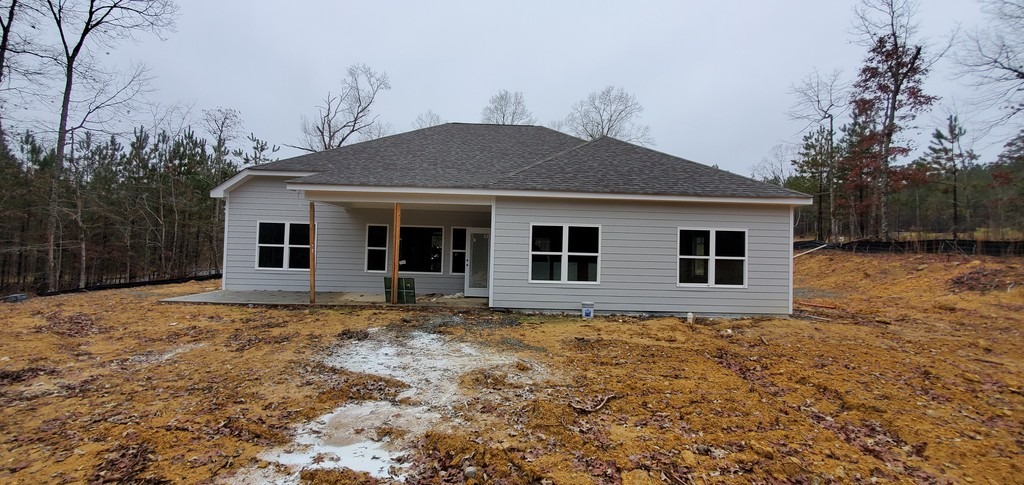Hot tubs offer more than just a relaxing soak. They are a sanctuary for recovery, health, and social bonding. However, like any system that combines water, electricity, and mechanical components, hot tubs are susceptible to wear and tear. Eventually, you may face malfunctions that require timely attention and smart decisions. That’s where hot tub repair comes in.
When a hot tub is not functioning properly, it affects comfort, water quality, and energy efficiency. Fortunately, understanding the most common problems and repair options can help you maintain your investment while minimizing downtime. In this guide, we’ll walk you through everything from basic troubleshooting to knowing when to call in professional help.
The Importance of Timely Repairs
A small issue with your hot tub might seem like a minor inconvenience. Maybe a jet is weaker than usual or the water isn’t as warm. It’s tempting to overlook these early signs. But delaying repairs can lead to serious problems like:
- Component failure: Minor pump issues can lead to complete system shutdown.
- Water damage: Undetected leaks can rot the frame or ruin nearby flooring.
- Health risks: Poor water circulation can lead to bacterial buildup.
- High energy bills: Faulty heaters and pumps work harder, using more electricity.
Being proactive with hot tub repair can protect both your equipment and your health.
How a Hot Tub Works: Key Components to Understand
To effectively diagnose and manage repairs, it’s important to understand how your hot tub operates. Here are the essential systems:
- Pump and Motor: Circulates water through the jets and filters.
- Heater: Keeps the water at your preferred temperature.
- Jets and Plumbing: Deliver massaging streams of water.
- Control Panel: Lets you manage temperature, jets, lights, and timing.
- Filter: Traps dirt and debris from the water.
- Ozonator or Salt System (optional): Enhances water sanitation.
- Shell and Frame: The tub’s structural base.
When one of these elements isn’t functioning, the entire system may be compromised.
Common Hot Tub Issues and Their Fixes
Let’s break down the most common problems hot tub owners face and how to approach each one.
1. Water Not Heating
Symptoms:
- Water remains cold or warms up very slowly.
- Heater light may be off or flashing.
Potential Causes:
- Faulty heating element
- Dirty or clogged filter
- Low water flow or airlock
- Tripped breaker or blown fuse
Solution:
Start by cleaning or replacing the filter. Check the water level, and look for error messages on the control panel. Reset the breaker and make sure the circulation pump is operating. If heating issues persist, the heater element might need to be replaced.
2. Weak or Non-Functioning Jets
Symptoms:
- Jets produce weak water pressure.
- Some jets don’t work at all.
Potential Causes:
- Air in the plumbing lines
- Clogged jets
- Pump malfunction
- Blocked filter
Solution:
Remove airlocks by loosening pump fittings slightly while the unit is off. Open all air valves and run the jets to purge trapped air. Clean or replace any clogged jets. If none of this works, the circulation pump may require servicing.
3. Cloudy or Smelly Water
Symptoms:
- Water looks murky or has a foul smell.
- It may feel slimy or cause skin irritation.
Potential Causes:
- Poor sanitation or pH imbalance
- Dirty filter
- Stale water that hasn’t been changed in months
Solution:
Test and balance your water with the appropriate chemicals. Shock the water with a sanitizer. Clean or replace the filter. If problems persist, drain and refill the tub.
4. Leaking Water
Symptoms:
- Puddles around the base of the hot tub
- Water levels drop unexpectedly
Potential Causes:
- Leaks in plumbing connections
- Cracked shell or pump housing
- Worn seals or gaskets
Solution:
Use leak detection dye or visually inspect fittings and plumbing lines. Tighten loose connections or apply waterproof sealant to minor leaks. For structural shell cracks, you may need professional assistance.
5. Control Panel Not Working
Symptoms:
- Blank screen or error messages
- Unresponsive buttons
Potential Causes:
- Blown fuse
- Corroded wiring
- Moisture inside the control unit
Solution:
Turn off the power and remove the panel cover. Check for visible damage or moisture. Replace blown fuses and tighten any loose wiring. If electronics are damaged, a new panel may be required.
Preventative Maintenance Tips
Preventing the need for major hot tub repair starts with routine maintenance. These small habits can extend your system’s life and prevent costly issues.
Weekly:
- Test and adjust water chemistry (pH, chlorine/bromine, alkalinity)
- Rinse filter with a hose
- Inspect for leaks or loose fittings
Monthly:
- Deep-clean the filter using a filter cleaning solution
- Wipe down the shell and jets
- Shock the water to eliminate contaminants
Every 3–4 Months:
- Drain and refill the tub
- Inspect pump, heater, and plumbing
- Lubricate O-rings and gaskets
DIY vs. Professional Repair: When to Call for Help
While some hot tub issues can be resolved on your own, others require a trained technician. Here’s a breakdown:
Safe to DIY:
- Replacing filters
- Balancing water chemistry
- Cleaning jets and plumbing lines
- Resetting breakers or fuses
- Draining and refilling
Hire a Professional for:
- Electrical component replacement (heater, control panel)
- Internal pump repairs
- Persistent leaks or plumbing issues
- Major shell cracks
- Warranty-covered components (to avoid voiding the warranty)
A certified spa technician can diagnose complex issues quickly and safely, saving you time and potential risk.
Tools and Products for At-Home Repairs
Here’s a list of items that can help you handle small issues and regular upkeep:
- Water test kit or test strips
- Filter cleaner and replacement cartridges
- Leak detection dye
- Waterproof sealant or epoxy
- Spa vacuum
- Silicone lubricant
- Wrenches and pliers
- Teflon tape (for plumbing fittings)
Keeping these on hand allows you to act quickly when something goes wrong.
Choosing a Hot Tub Repair Service
If you decide that the problem is beyond your capabilities, selecting a reputable repair service is key. Consider the following when hiring:
- Experience: Choose a service with technicians certified by spa manufacturers.
- Customer reviews: Look for high ratings and positive feedback.
- Availability: Some companies offer emergency or same-day service.
- Transparency: Get a written estimate before work begins.
- Warranty-friendly: Ensure repairs won’t void your existing warranty.
It’s a good idea to establish a relationship with a local repair professional even if your tub is working fine, so you know whom to call when issues arise.
Is It Time to Replace Instead of Repair?
Sometimes, it may make more sense to replace the hot tub rather than continue to fix it, especially when:
- The tub is over 10 years old and out of warranty.
- Multiple systems are failing simultaneously.
- The cost of repairs is more than 50% of the cost of a new tub.
- Structural damage to the shell is extensive.
In these cases, investing in a new, energy-efficient model can save you money in the long run and provide better features and performance.
Final Thoughts
A well-maintained hot tub offers years of relaxation, therapeutic benefits, and enjoyment. But to keep it that way, you must stay alert to signs of trouble. Knowing when and how to perform hot tub repair ensures your investment is protected, your utility costs are kept in check, and your water remains safe for use.
By learning the basics of how your system works, adopting a preventive maintenance schedule, and knowing when to seek professional help, you’re in control of your spa’s health and performance. Don’t wait for a small problem to become a costly headache—handle repairs with confidence and care.



